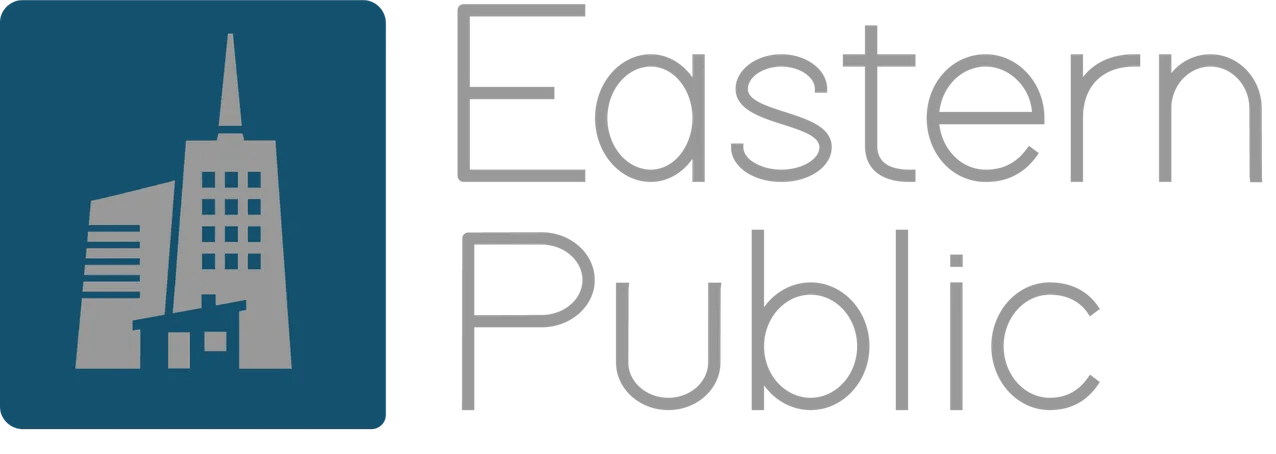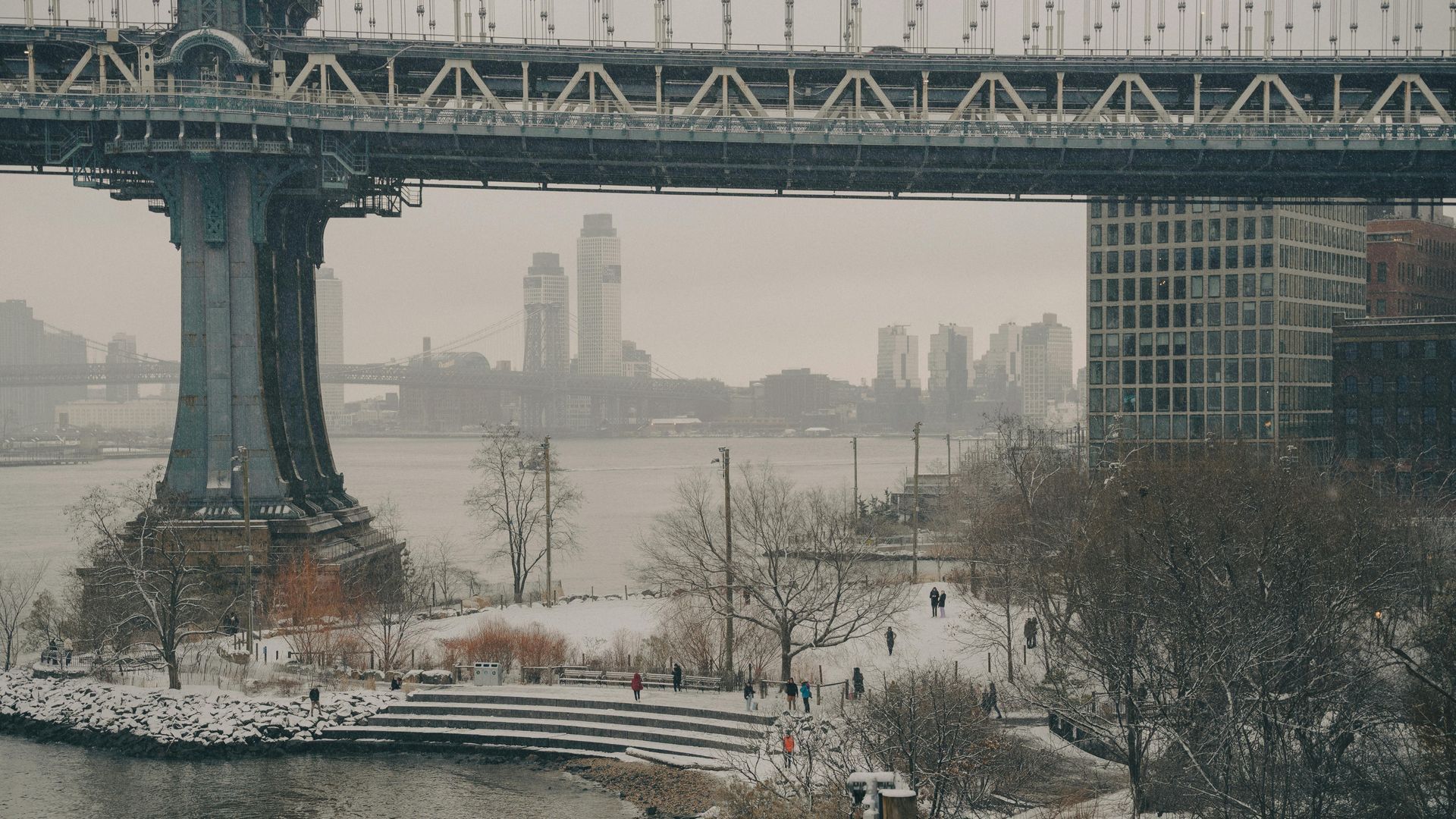A Consumer's Guide to Recovery from Water Damage
4 Steps to Mitigate Damage and Begin Recovery of Your Property

These recommendations are intended to provide guidance in the event of a serious water damage due to frozen or broken pipes, water overflows or flooding, including the immediate first steps you need to take to mitigate your damage and begin the recovery of your property.
Water affects buildings and building systems differently based on a myriad of factors. A single-family wood-framed dwelling that is exposed to 500 gallons of water is affected much differently than a modern 40-story multi-unit building may be.
The guidelines provided here are intended to be used as a resource for consumers immediately after a severe water damage has occurred. Whenever possible, always consult with a qualified Public Adjuster and/or a licensed mitigation contractor regarding your specific property damage. These recommendations are not a substitute for physical inspection by an industry professional.
Step 1: Life Safety
Water damage poses unique risks to life safety both in a short- and long-term capacity. When a serious water damage occurs, it’s most important to consider any immediate life safety hazards.
- Turn Power Off: Though circuit breaker protection is intended to prevent electrical hazards, in certain circumstances water can become electrified. If there is any significant water accumulation on floors and the power is still on, safely leave the area if you can and call an electrician or emergency service personnel right away. If you can access the circuit panel safely, turn off the main breaker(s) for the property.
- Avoid Contaminated Water: Water can become contaminated from such sources as sewage backflows, widespread flooding, or through the materials the water is exposed to after it has been released into a building. Contaminated water can potentially present situations that make people very sick. Always avoid contact with water that you are unsure of or that may potentially be hazardous.
- Plan for Temporary Housing/Loss of Use: Even in less severe events, water damage will often result in a loss of use. As a general guideline, if you have severe water damage, assume that you will not have use of the damaged property for at least six months. Contingency planning for at least six months will allow you enough time to properly assess, plan, and coordinate the restoration of your property.
Step 2. Emergency Response and Professional Mitigation
Most severe water damage will require the assistance of licensed emergency mitigation contractors who have certifications and specialized industry training to properly mitigate your property damage. This work will often include the use of commercial drying and dehumidification equipment and should be completed in manner consistent with the standards set forth by the Institute of Inspection Cleaning and Restoration Certification (“IICRC”), which are best practices to reduce the damage that can occur from long term or excessive water exposure in indoor environments.
What you need to know about emergency mitigation:
- The first 24-72 hours following severe water damage are most important. Aggressive water extraction and mitigation strategies mobilized in the minutes or hours after a water event occurs can save extraordinary amounts of money and time in repairs.
- Though often difficult to accept, any organic building materials retaining excessive amounts of moisture 48-72 hours after water damage occurs should be immediately demolished and removed from the property to allow the drying process to be completed and to prevent mold growth.
- Mold can begin to grow in 24 hours when organic materials are moist. Mold growth stops when materials are dry, but it can continue to be present (and may or may not be problematic) after drying has occurred.
Step 3. Assessing Damages and Managing the Recovery
There are many types of losses that can result from serious property damage beyond just the “brick and sticks” damages. Assessing the restoration requirements of the property is one element of your recovery, but managing your life, career, business continuity, expectations of clients and shareholders while inventorying damaged property, securing accurate assessments for repairs from qualified vendors, mitigating income losses, and navigating the insurance negotiations are just some of the tasks that may be involved in any serious property damage.
People are often under-resourced and underprepared for these types of serious property damage events. This results in unnecessary delays, underpayment of claims, and exacerbation of damages. For this reason, property owners should consult with a qualified Public Adjuster as soon as possible after a serious property damage occurs. Public Adjusters are insurance claims professionals who are specifically licensed by the state to work solely on behalf of policyholders. A good Public Adjuster will have established the knowledge and resources you need to manage the recovery of your property most efficiently.
If it is not feasible to hire a Public Adjuster, property owners should understand:
- Large loss insurance claims generally take anywhere from 3-6 months to fully resolve amicably. Serious disputes can protract this time frame even further.
- Effective management of the claim and recovery early on will help alleviate unnecessary delays later.
- It’s the insurance carrier’s job to investigate your claim, not to investigate your damages. Do not rely on your insurance carrier or their representatives to tell you what your damages are or how much you should be paid.
- If you are unable to agree with your insurance carrier on the amount of your loss, most insurance contracts contain a provision that provides for a process called “Insurance Appraisal”. This is an informal claims process intended to help resolve disputes that arise over the amount of loss. Though it should be used as a last resort and never to resolve disputes related to scope or extent of loss, insurance appraisal can be a helpful tool for policyholders to avoid litigation.
Step 4. Rebuild/Restore/Return
At the end of this road is the repair, restoration, or return of your property. You get there by acting quickly to hire the right people to help manage mitigation, assessment, and claims management components of the recovery. Through that effort, you’ve reduced the amount of damage to the property, accurately assessed and documented the damages and value of your loss, and you’ve negotiated the insurance proceeds necessary to fully restore the property. At this stage, you’ll have likely established which contractor or vendor will be completing the repairs and be able to progress that work at your discretion.
One thing is for sure, the early stages of any serious property damage are the most important to reducing your loss and setting you up for success through the rest of the claims and recovery process. If you have any questions or would like expert guidance for your property damage,
please don’t hesitate to call us.
Eastern Public is a complete property insurance claims and risk management firm based in New York. With over 20 years of experience, we are licensed to serve clients in the greater New York City area and across the East Coast, including New York, New Jersey, Pennsylvania, Connecticut, Massachusetts, Vermont, Maine, Rhode Island, DC, Maryland, North Carolina, South Carolina, Kentucky, and Georgia. For 24/7 claims advice and service, contact us at (929) 999.4674 or info@EasternPublic.com .








